-
 Bitcoin
Bitcoin $111300
-0.83% -
 Ethereum
Ethereum $4296
-0.28% -
 XRP
XRP $2.970
-0.28% -
 Tether USDt
Tether USDt $0.0000
0.01% -
 BNB
BNB $876.7
-0.13% -
 Solana
Solana $216.7
0.50% -
 USDC
USDC $0.9998
0.01% -
 Dogecoin
Dogecoin $0.2424
1.50% -
 TRON
TRON $0.3345
0.88% -
 Cardano
Cardano $0.8635
0.03% -
 Hyperliquid
Hyperliquid $53.38
5.54% -
 Chainlink
Chainlink $23.07
0.27% -
 Ethena USDe
Ethena USDe $1.001
0.02% -
 Sui
Sui $3.463
-0.21% -
 Stellar
Stellar $0.3738
-0.33% -
 Bitcoin Cash
Bitcoin Cash $578.5
-1.51% -
 Avalanche
Avalanche $26.00
2.07% -
 Hedera
Hedera $0.2276
0.77% -
 UNUS SED LEO
UNUS SED LEO $9.548
0.02% -
 Cronos
Cronos $0.2597
2.73% -
 Litecoin
Litecoin $112.0
-0.64% -
 Toncoin
Toncoin $3.089
-0.29% -
 Shiba Inu
Shiba Inu $0.00001285
-0.10% -
 Polkadot
Polkadot $4.098
1.54% -
 Uniswap
Uniswap $9.484
-0.88% -
 Ethena
Ethena $0.8361
8.06% -
 Dai
Dai $0.9998
0.01% -
 Monero
Monero $269.5
-0.68% -
 World Liberty Financial
World Liberty Financial $0.1994
-4.02% -
 Aave
Aave $299.1
-1.29%
What is the process for shorting a cryptocurrency on KuCoin Futures?
Shorting on KuCoin Futures lets traders profit from price declines by selling borrowed assets, using leverage, and managing risk via margin, liquidation, and funding rates.
Aug 13, 2025 at 11:35 am
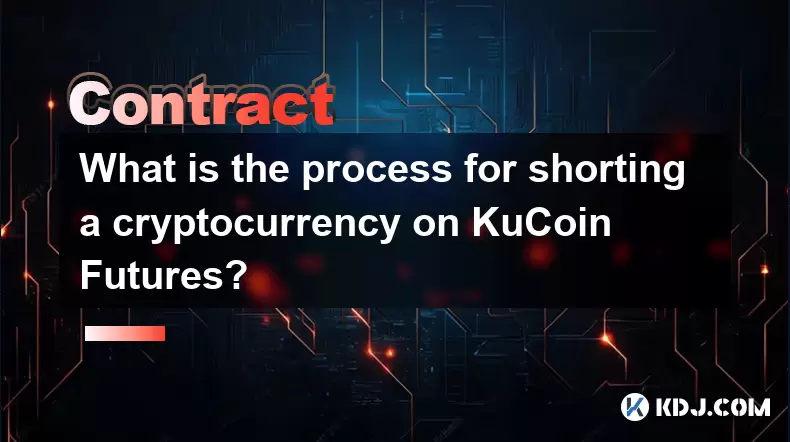
Understanding Shorting in Cryptocurrency Futures
Shorting a cryptocurrency on KuCoin Futures involves borrowing and selling a digital asset with the expectation that its price will decline, allowing the trader to repurchase it at a lower price later. This strategy enables traders to profit from downward price movements. KuCoin Futures supports leverage trading, which amplifies both potential gains and risks. Before initiating a short position, users must understand the mechanics of margin, liquidation price, and funding rates. These factors directly impact the profitability and risk exposure of a short trade. KuCoin offers both cross-margin and isolated margin modes, each affecting how much of the trader’s balance is at risk during a position.
Setting Up a KuCoin Futures Account
To begin shorting on KuCoin Futures, a user must first have a verified KuCoin account. Navigate to the KuCoin website or app and log in. If you don’t have an account, complete the registration and verification process, which includes email confirmation and identity verification (KYC). After logging in, switch to the Futures Trading interface by selecting “Futures” from the top menu. Users must deposit funds into their Futures Wallet, which is separate from the Spot Wallet. This can be done by clicking “Transfer” and moving assets such as USDT, BTC, or ETH from the Spot Wallet to the Futures Wallet. Ensure sufficient balance to cover initial margin and potential losses.
Selecting the Correct Trading Pair and Contract Type
Once funds are in the Futures Wallet, locate the trading interface. KuCoin Futures offers various perpetual and delivery contracts for different cryptocurrencies. To short, choose a perpetual contract (e.g., BTC/USDT, ETH/USDT), as these do not expire and are ideal for short-term bearish positions. In the contract selection panel, ensure the contract type is set to USDT-Margined or Coin-Margined, depending on preference. USDT-margined contracts are recommended for beginners due to stable valuation. After selecting the pair, verify the leverage setting—adjust it using the leverage slider. For example, selecting 10x leverage means a 10% price move against the position could lead to liquidation.
Placing a Short Sell Order
With the correct contract and leverage configured, proceed to place the short order. In the order entry panel, ensure the order type is set to “Sell” under the “Open Position” section. This action initiates a short position. Choose the order type: Market, Limit, or Stop-Limit.
- Market Order: Executes immediately at the best available price. Ideal for urgent entries.
- Limit Order: Sets a specific price at which the short will be opened. Useful when anticipating a price rebound before a drop.
- Stop-Limit Order: Triggers a short when the price reaches a specified level, helping to enter during a breakdown. Enter the contract quantity or use the percentage buttons (25%, 50%, 75%, 100%) to allocate margin. Click “Sell” to open the position. The system will display the entry price, liquidation price, and maintenance margin.
Monitoring and Managing the Short Position
After opening the short, actively monitor the position on the Positions tab. Key metrics include unrealized PnL, ROE%, and liquidation price. If the market moves upward, the unrealized loss increases, bringing the position closer to liquidation. To mitigate risk, consider adding margin to lower the liquidation price. This can be done by clicking “Add Margin” and transferring more funds into the position. Alternatively, reduce leverage to increase the buffer against price swings. Traders can also set take-profit and stop-loss orders to automate closing. For take-profit, specify a lower price where profits will be secured. For stop-loss, set a higher price to limit losses if the market reverses.Closing the Short Position
To realize profits or cut losses, the short position must be closed. Navigate to the active position and click “Buy” under the “Close Position” section. This action buys back the borrowed contracts, effectively closing the short. The difference between the sell (entry) price and buy (exit) price determines the profit or loss. If closing manually, choose Market, Limit, or Post-Only order types. A Market Buy closes immediately. A Limit Buy allows setting a specific price. Always confirm the funding fee status before closing, as fees are paid every 8 hours and may affect net profit. After closing, the margin and profit (if any) are returned to the Futures Wallet.Frequently Asked Questions
What happens if my short position gets liquidated? If the cryptocurrency price rises and reaches your liquidation price, KuCoin automatically closes the position to prevent further losses. The system uses your margin to cover the deficit. You lose the entire margin allocated to that trade, and additional fees may apply depending on the insurance fund status.Can I short a cryptocurrency without using leverage on KuCoin Futures?Yes. While leverage is adjustable, you can set it to 1x, which means you are trading with no leverage. This reduces both potential profit and risk. The shorting mechanism remains the same—sell to open, buy to close—but price changes affect the position linearly.
How are funding fees calculated when shorting on KuCoin?Funding fees are exchanged between long and short traders every 8 hours (at 00:00, 08:00, 16:00 UTC). If the funding rate is positive, shorts pay longs; if negative, longs pay shorts. The fee is a percentage of the position value and is deducted from your wallet at the settlement time.
Is it possible to short multiple cryptocurrencies simultaneously on KuCoin Futures?Yes. KuCoin allows multiple concurrent positions across different trading pairs. Each position operates independently with its own margin, leverage, and liquidation price. Ensure your Futures Wallet has enough balance to support all active shorts and potential margin calls.
Disclaimer:info@kdj.com
The information provided is not trading advice. kdj.com does not assume any responsibility for any investments made based on the information provided in this article. Cryptocurrencies are highly volatile and it is highly recommended that you invest with caution after thorough research!
If you believe that the content used on this website infringes your copyright, please contact us immediately (info@kdj.com) and we will delete it promptly.
- BlackRock, Bitcoin ETF, and the Next BTC Move: What's Driving the Market?
- 2025-09-10 04:25:13
- Play-to-Earn, Crypto Games, and the Web3 Future: A New Yorker's Take
- 2025-09-10 04:25:13
- Meme Coins: Explosive Gains in 2025? What You Need to Know
- 2025-09-10 04:30:12
- EigenLayer (EIGEN): Exchange Listings Fuel Rally Amidst Technical Crosscurrents
- 2025-09-10 04:30:12
- Crypto Coins in September 2025: Navigating Investment Opportunities
- 2025-09-10 04:35:13
- Bitcoin Price, JPMorgan, and CPI Data: Decoding the Crypto Market's Next Move
- 2025-09-10 04:35:13
Related knowledge
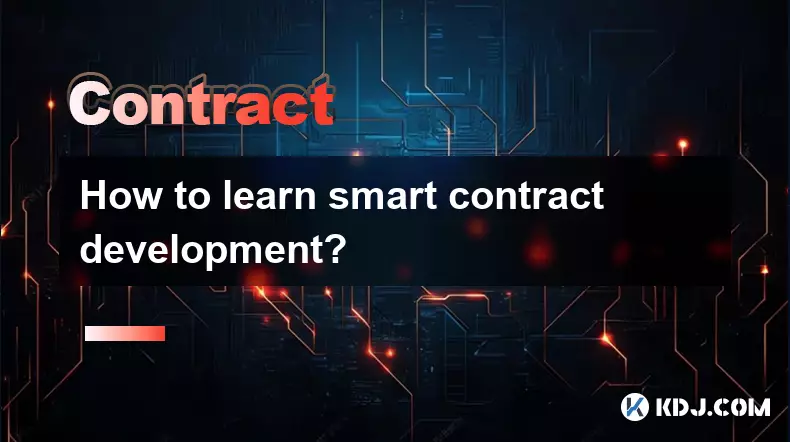
How to learn smart contract development?
Sep 09,2025 at 02:18am
Understanding the Foundation of Smart Contracts1. Smart contract development begins with a solid understanding of what smart contracts are—self-execut...
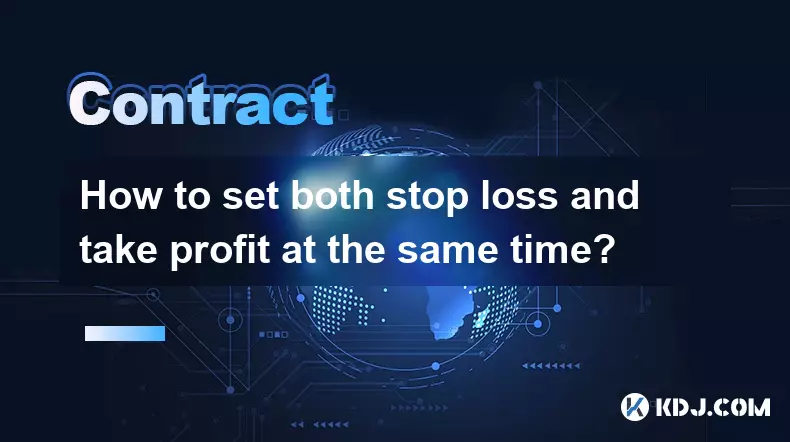
How to set both stop loss and take profit at the same time?
Sep 06,2025 at 04:36pm
Understanding Simultaneous Stop Loss and Take Profit Orders1. Placing both stop loss and take profit orders at the same time is a standard practice in...

What is copy trading for crypto futures?
Sep 07,2025 at 02:00am
What Is Copy Trading in Crypto Futures?1. Copy trading in crypto futures allows investors to automatically replicate the trades of experienced traders...
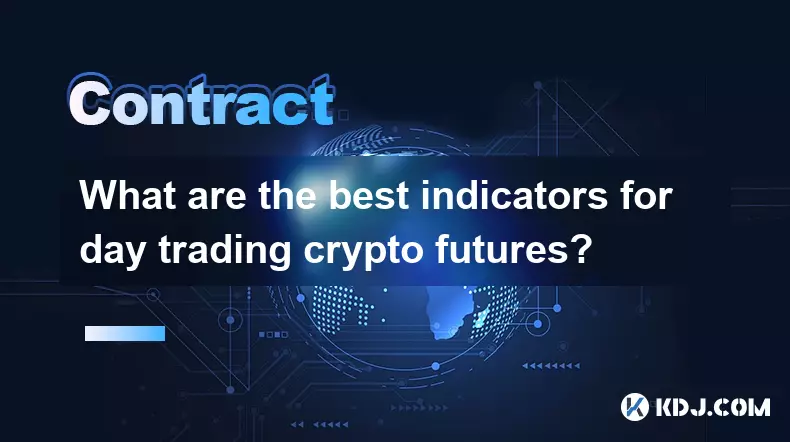
What are the best indicators for day trading crypto futures?
Sep 08,2025 at 10:18am
Top Technical Indicators for Crypto Futures Day Trading1. The Relative Strength Index (RSI) is widely used to identify overbought or oversold conditio...
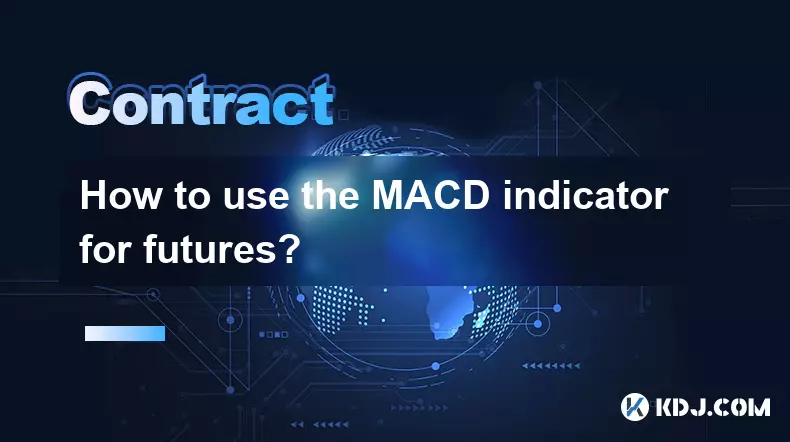
How to use the MACD indicator for futures?
Sep 07,2025 at 09:00pm
Understanding the MACD Indicator in Futures Trading1. The MACD (Moving Average Convergence Divergence) indicator is a momentum oscillator widely used ...

What to do if you are about to be liquidated?
Sep 06,2025 at 01:00am
Understanding Liquidation in the Crypto Market1. Liquidation occurs when a trader’s margin balance falls below the required maintenance margin, forcin...

How to learn smart contract development?
Sep 09,2025 at 02:18am
Understanding the Foundation of Smart Contracts1. Smart contract development begins with a solid understanding of what smart contracts are—self-execut...

How to set both stop loss and take profit at the same time?
Sep 06,2025 at 04:36pm
Understanding Simultaneous Stop Loss and Take Profit Orders1. Placing both stop loss and take profit orders at the same time is a standard practice in...

What is copy trading for crypto futures?
Sep 07,2025 at 02:00am
What Is Copy Trading in Crypto Futures?1. Copy trading in crypto futures allows investors to automatically replicate the trades of experienced traders...

What are the best indicators for day trading crypto futures?
Sep 08,2025 at 10:18am
Top Technical Indicators for Crypto Futures Day Trading1. The Relative Strength Index (RSI) is widely used to identify overbought or oversold conditio...

How to use the MACD indicator for futures?
Sep 07,2025 at 09:00pm
Understanding the MACD Indicator in Futures Trading1. The MACD (Moving Average Convergence Divergence) indicator is a momentum oscillator widely used ...

What to do if you are about to be liquidated?
Sep 06,2025 at 01:00am
Understanding Liquidation in the Crypto Market1. Liquidation occurs when a trader’s margin balance falls below the required maintenance margin, forcin...
See all articles
























































































